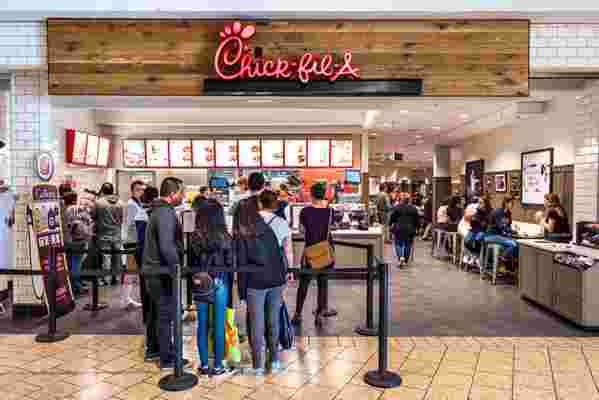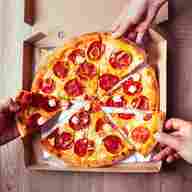Recently a coffee shop near Brown University made headlines for their unconventional business model.

While it looks like a run of the mill coffee shop, brimming with students there for their caffeine fix, customers must have a student ID to get a cup of coffee.
The reason for this is, Shiru Café doesn’t want their money. Instead, students get free coffee in exchange for a few snippets of personal information here and there. According to an NPR report , students don’t seem to mind offering up their birthdates, professional interests, and other details in exchange for free coffee.
While something of an outlier, data analytics has infiltrated the restaurant space in a big way—from customer-level analytics to how menu aesthetics influence our choices.
Here’s a bit of background, as well as how this information is being collected and used across the culinary landscape.
Why are restaurants moving toward big data?
Restaurants from fast-food pit stops to Michelin-rated experiences have long monitored customer preferences, using data to better serve their clientele.
Between Subway offering cookies in exchange for a survey and servers who keep track of regulars with meticulous detail, data has always been an asset to the dining space.
These days, the data landscape has ramped up in a major way. There’s more data than ever, and according to the Wall Street Journal, spending on AI systems—which analyze massive datasets— is on the rise .
TGI Friday’s for example, doubled its to-go business in the last 12 months, thanks to, well, data.
The company, once on the decline thanks to millennials’ changing food preferences, says they’ve used AI to field inquiries, boost engagement and send targeted messages.
How are restaurants collecting data?

Restaurants are collecting data in a lot of different ways. For example, third-party vendors like GrubHub and OpenTable offer access to insights uncovered on their platforms. McDonald’s Subway, Chick-fil-A, give away free food in exchange for filling out an online survey.
Additionally, coffee shops and restaurants provide free Wi-Fi that collects data in exchange for use. Starbucks, for example, recently started asking for personal information before allowing patrons to get online . The company uses that info to send out promotional offers.
Loyalty programs, like those offered through Chipotle and Starbucks, allow companies to create customer profiles, which they’ll use to send out promotions. Starbucks’ app started targeting tea lovers with relevant offers, instead of pushing everyone toward novelty frappucinos all the same.

4 best food delivery apps
For restaurants, big data means better service
On the restaurant side, the new tools present an enticing offer: major growth, but a callback to the golden age of customer service, where diners were greeted by name.
Restaurants also operate in an industry with tight margins and changing consumer tastes. Food consultant, Damian Mogavero told The Atlantic that so often he’d encounter frustrated restaurateurs, who didn’t know the answer to basic business questions.
So, when you apply a centralized point of sale solution, as well as an AI solution that analyzes each transaction, restaurants now can start to take advantage of patterns, preferences, and staff performance.
And, because social media and food are so closely connected, restaurants need to be more keyed into what the customer wants—or risk bad reviews and fewer diners.
What if you don’t want to be tracked?
Customers who find this whole business too invasive do have some options. You can always pay cash when you dine out, skip the Wi-Fi next time you hit Starbucks, and make reservations over the phone.
But, like choosing to opt out of Facebook , there are some notable cons associated with resisting this new normal. For example, leaving your GPS on while using Open Table allows you to receive recommendations—which comes in handy while traveling.
Skipping delivery means missing out on a modern convenience we’ve come to rely on —and opting out of loyalty programs could mean leaving money on the table.
Given the amount of data that giants like Google and Facebook collect, consumers probably aren’t super concerned about data collection in the restaurant industry.
That said, Panera Bread experienced a data breach earlier this year–so maybe we do need to be more careful.
More from Softonic
How to find the best restaurant wherever you are ►
6 best apps for foodies ►
Are meal planning apps the best way to plan meals? ►
How to get the most out of your spice rack ►

